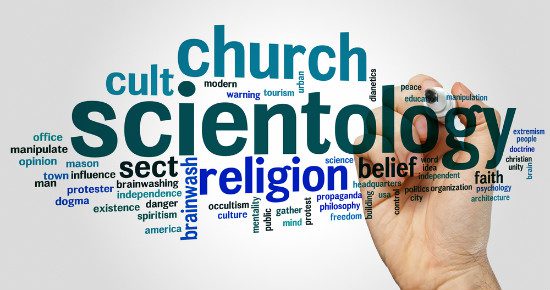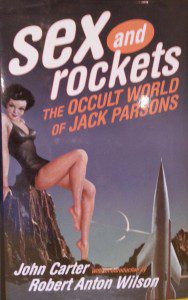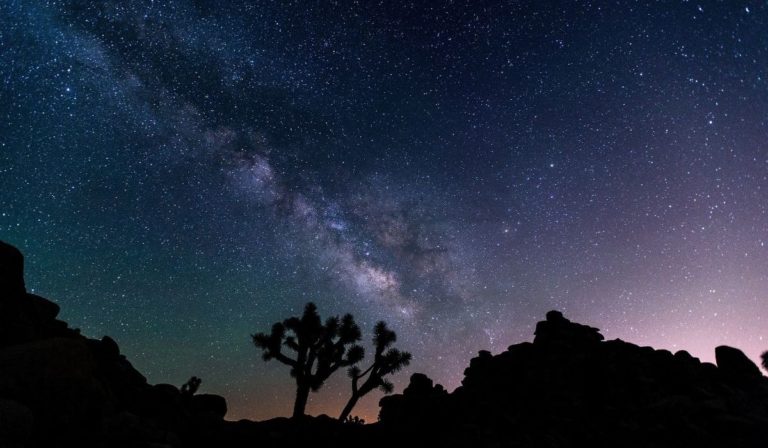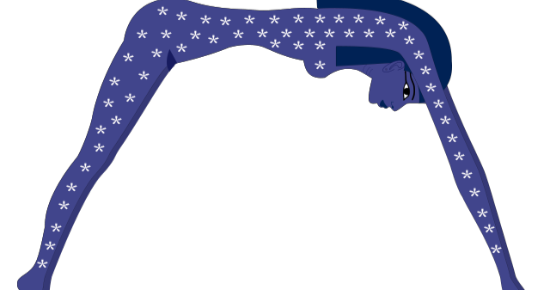We are examining the relationship between L. Ron Hubbard and the Ordo Templi Orientis. Alex Gibney spotlighted the connection in the documentary Going Clear: Scientology and the Prison of Belief. L. Ron Hubbard and the O.T.O. retold the juicy Hollywood story of Hubbard’s relationship with Jack Parsons, involving sex, magick and betrayal.
The question remains, what did Hubbard take from Parsons besides money and a working partner? How did Hubbard stack up as a magician? Did anything he learned have a subsequent impact on the development of Scientology?
Hugh Urban points out that Hubbard at least read Crowley’s Magick in Theory and Practice, although that may have been the extent of his magical studies. Parson’s biographer John Carter reproduces parts of a letter from Parsons to Aleister Crowley describing Hubbard’s skill level. Parsons states that Hubbard had no prior training but did have “extraordinary” experience and understanding, and was guided by an entity Hubbard called “the Empress”. Parsons speculated the Empress might be his Holy Guardian Angel.
Did Hubbard receive an O.T.O. initiation? Carter notes that Hubbard himself later claimed to hold a high grade but he notoriously exaggerated his experiences. Apparently Parsons was so impressed by Hubbard that he revealed high degree secrets to him with or without initiation.
Urban meticulously sources a document Hubbard wrote in 1946 or 1947. Titled “Affirmations”, it contains phrases such as “You are an adept and have a wonderful and brilliant mind” and “You have the Wisdom of all and never doubt your wisdom.” The document also invokes a female Guardian: “Nothing can intervene between you and your Guardian. She cannot be displaced because she is too powerful.” Urban draws a connection between this Guardian and Crowley’s discussion of the Holy Guardian Angel in Magick in Theory and Practice. Urban also notes the existence of an additional document, “The Blood Ritual”, which seems to have been an invocation to the Goddess Hathor.

It seems that Hubbard did not study deeply or practice long. His accomplishments are limited to some material he received as a seer while working with Parsons, some affirmations, and possibly one ritual. Did any of this experience carry over to influence the formation of Scientology?
Urban believes that Hubbard used pieces of Crowley’s thought in what Urban calls the bricolage which became the religion of Scientology. Urban argues that Hubbard’s technique of exteriorizing the thetan, or spiritual self, directly mimics Crowley’s instruction to project the body of light. Urban also connects the Scientology cross with its eight-pointed center to the Golden Dawn cross printed on the back of the Thoth deck.
In an interview on Tony Ortega’s blog, author Jon Atack describes the conclusion he came to after being “guided through” O.T.O. material by John Symonds. “I realised that the Babalon Working rituals Hubbard performed after the war with Pasadena rocket scientist Jack Parsons had continued to become Scientology — Scientology is a magical ‘working,’ where Hubbard elevated himself by enslaving others.” This conclusion seems like a big leap after a perfunctory glance at a complex subject, and would require significantly more depth and more specific examples. (Thelemites and experienced magicians will dismiss out of hand the implication that magick intends to “enslave”.)
It would be interesting to hear from a person who had both Scientology experience and O.T.O. initiations on the similarities and differences between the two systems. As an O.T.O. insider and Scientology outsider, being versed in Thelemic thought has given me no entrance into Scientology language or worldview.
As he has studied both Crowley’s and Hubbard’s works, Urban’s assessment strikes me as the best informed – pieces of Crowley’s thought seem to have drifted into Hubbard’s work and were layered in with material from many other sources. The quotes from “Affirmations” appear to me to be a groping attempt to integrate some of what he learned; they frankly read as simplistic and a garbled understanding of the magickal work. Hubbard did not have the training or experience to do much more than pen some positive thoughts, and his enthusiasms seem to have turned in a different direction after this episode. He did not leave much of a mark on magick, and magick didn’t seem to leave much of a mark on him.
Atack’s characterization brings us back to the accusation made by Lawrence Wright in Gibney’s documentary that the O.T.O. “was” a “black magic cult”. Next we will unpack some of the layers of meaning in that term.
Carter, John (2005). Sex and Rockets, the Occult World of Jack Parsons. Port Townsend, WA: Feral House.
Ortega, Tony (2013). “Blood Relation, Blood Ritual: A Hubbard Family Occult Mystery”. Web site: http://tonyortega.org/2013/09/28/10468/.
Urban, Hugh (2012). “The Occult Roots of Scientology?: L. Ron Hubbard, Aleister Crowley, and the Origins of a Controversial New Religion. Nova Religio: The Journal of Alternative and Emergent Religions, Vol. 15, No. 3(February 2012), pp. 91-116. University of California Press. Web site: http://www.jstor.org/stable/10.1525/nr.2012.15.3.91
Wright, Lawrence (2013). Going Clear: Scientology, Hollywood, and the Prison of Belief. New York: Random House.




